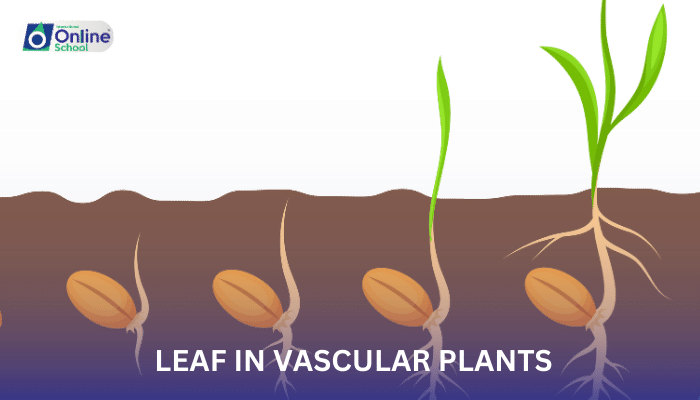
Learning Outcomes
i. Define leaves and identify their primary functions in vascular plants.
ii. Understand the evolutionary adaptations of leaves in response to various environmental conditions.
iii. Recognize the different types of leaves and their specialized structures based on their functions.
iv. Appreciate the role of leaves in photosynthesis, respiration, and transpiration.
v. Describe the adaptations of leaves in xerophytes, hydrophytes, and carnivorous plants.
Introduction :
In the realm of vascular plants, leaves stand as marvels of adaptation, exquisitely designed to capture sunlight and convert it into energy, the fuel that powers life. Their journey through evolutionary time has been marked by remarkable modifications, allowing them to thrive in diverse environments, from arid deserts to lush rainforests.
i. The Essence of Leaves: A Symphony of Structure and Function
Leaves, the primary photosynthetic organs of vascular plants, are the factories where sunlight is transformed into chemical energy through the process of photosynthesis. Their thin, flat structure, optimized for light absorption, is further enhanced by a network of specialized tissues that facilitate gas exchange and nutrient transport.
The Epidermis: A Protective Shield
The epidermis, the outermost layer of the leaf, acts as a protective barrier against water loss, harsh environmental conditions, and potential pathogens. It is composed of specialized cells, including guard cells, which regulate the opening and closing of stomata, tiny pores that allow for gas exchange.
The Palisade Mesophyll: A Haven of Photosynthesis
The palisade mesophyll, located beneath the epidermis, is where the magic of photosynthesis occurs. This layer is packed with tightly packed chloroplasts, the green organelles that contain chlorophyll, the pigment responsible for capturing sunlight.
The Spongy Mesophyll: A Network of Exchange
The spongy mesophyll, located beneath the palisade mesophyll, is characterized by irregularly shaped cells that create air spaces. This network of air spaces facilitates the diffusion of gases, allowing carbon dioxide to enter the leaf and oxygen to exit.
The Vascular Bundles: Highways of Water and Nutrients
Vascular bundles, embedded within the mesophyll, serve as the transport network of the leaf. Xylem, the water-conducting tissue, carries water from the roots to the leaf, while phloem, the nutrient-transporting tissue, carries sugars produced in photosynthesis to other parts of the plant.
ii. Adaptations for Diverse Environments: A Tale of Specialization
Leaves have undergone remarkable adaptations to thrive in a wide range of environmental conditions. In xerophytes, plants adapted to arid conditions, leaves have evolved to minimize water loss. Their surfaces may be covered with waxy layers, their stomata may be sunken or reduced in number, and their leaves may be needle-like or scale-like to reduce surface area.
In hydrophytes, plants adapted to aquatic environments, leaves have evolved to facilitate gas exchange in water. Their thin, delicate leaves may be perforated to allow for rapid gas exchange, and their stomata may be located on both the upper and lower surfaces of the leaf.
Carnivorous plants, masters of nutrient acquisition, have transformed their leaves into intricate traps, capturing and digesting insects to supplement their nutrient intake. Their leaves may be modified into pitchers, tubes, or snap traps, each with unique mechanisms to ensnare and digest prey.
Leaves, with their intricate structure, diverse adaptations, and crucial role in photosynthesis, are essential components of vascular plants. Their journey through evolutionary time has resulted in a remarkable array of forms, each reflecting the delicate balance between plants and their environment. As we appreciate the beauty and functionality of leaves, we gain a deeper understanding of the interconnectedness of life and the remarkable diversity of adaptations that have shaped the plant kingdom.